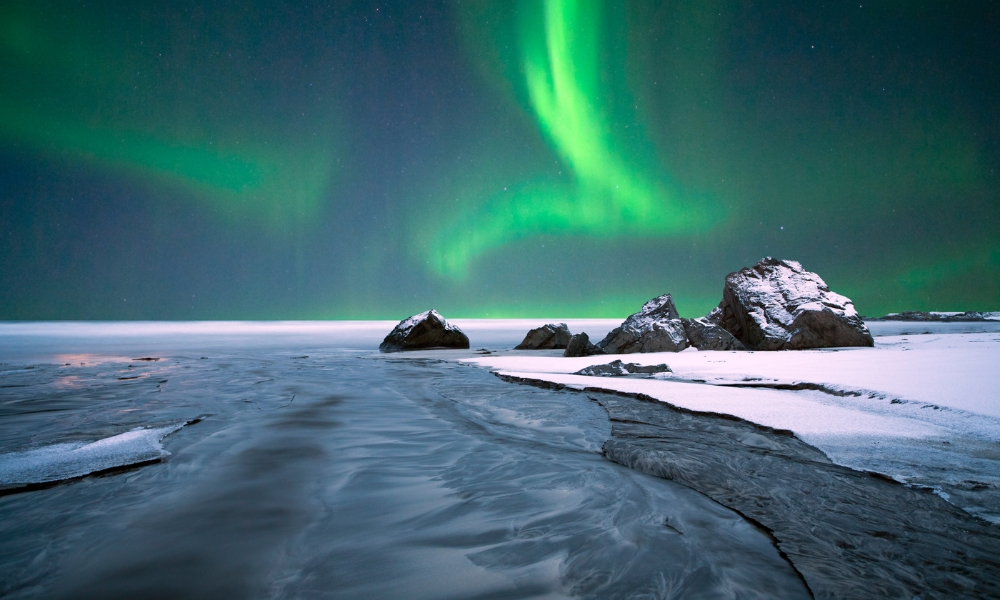Sustainable Travel Tips for Visiting Antarctica and the Arctic

Sustainable travel
As one of the last truly wild places on Earth, the polar regions—Antarctica and the Arctic—offer some of the most breathtaking travel experiences. But with their pristine environments at risk from climate change and human activity, it’s crucial to understand how to visit these areas responsibly. Whether you’re embarking on a luxury vacation to the Arctic or a more rugged solo adventure to Antarctica, how you travel can leave a lasting impact.
In this blog, we’ll explore how you can minimize your environmental footprint, ensure your travel aligns with sustainable practices, and enjoy these spectacular regions without harming their delicate ecosystems. Let these travel stories for inspiration guide you as you plan your own journey to the poles.
Why Sustainable Travel Is Vital for Polar Regions
Antarctica and the Arctic are some of the most remote, fragile environments on Earth. As a traveler, you have a responsibility to preserve these areas, not only for their unique wildlife but for the world’s climate system. From melting ice sheets in the Arctic to the impact of tourism on Antarctica’s ecosystems, these regions face unprecedented environmental challenges.
In many cases, the pollution you leave behind or the species you disturb could have long-term consequences. The best travel experiences here are those that leave minimal impact, and this responsibility is something you must carry as a conscious traveler.
Plan Your Visit With an Eye on Sustainability
When planning your trip to the poles, start with the right mindset. Sustainable travel begins with conscious decisions well before you even board your flight. Here are some ways you can minimize your impact:
- Choose eco-friendly travel operators: Look for travel agencies that specialize in eco-tourism and are committed to minimizing their carbon footprint. Choose companies that follow sustainable travel practices, like reducing waste, using electric vehicles, or offering carbon offset programs.
- Pack light and responsibly: Reducing the amount of gear you carry reduces both your environmental footprint and the energy needed to transport your luggage.
- Invest in durable, eco-friendly travel gear: Prioritize sustainable packing options. Use reusable containers, biodegradable toiletries, and eco-conscious clothes that will stand the test of time.
By making these conscious decisions, you’ll be one step closer to contributing positively to sustainable travel experiences in the polar regions.

Multiple layovers
Minimize Your Carbon Footprint During Your Journey
The biggest environmental concern when visiting remote regions like Antarctica and the Arctic is transportation. Air travel is responsible for a large portion of carbon emissions, so it’s important to find ways to reduce your carbon footprint as much as possible. Here’s how:
Opt for low-carbon travel options: While flying to these destinations is often necessary, some cruise operators use eco-friendly ships or hybrid-powered vessels that use less fuel. You can also explore options for overland travel in the Arctic, where trains or buses can serve as alternatives to flights.
Fly direct: Choosing direct flights over multiple layovers can reduce emissions, as each leg of the journey adds more fuel consumption.
Offset your carbon footprint: Many travelers are now investing in carbon offset programs to neutralize the emissions caused by their travels. These programs fund projects that reduce carbon emissions, such as forest restoration or clean energy development.
While it may not be possible to eliminate all emissions entirely, reducing and offsetting your carbon footprint goes a long way in protecting the environments you visit.
Respect Local Wildlife and Ecosystems
Whether you’re cruising the Arctic Ocean or hiking across Antarctica’s icy plains, one of the most important steps you can take is respecting the local wildlife. The polar regions are home to unique species like polar bears, penguins, and seals, all of which are highly sensitive to disturbance.
Travel stories from eco-conscious travelers often highlight the importance of keeping your distance from wildlife. Here’s what you can do to minimize your impact:
- Observe from a distance: Never approach wildlife or disrupt their natural behaviors. Follow local regulations and guidelines regarding wildlife interactions.
- Avoid feeding animals: Feeding animals can interfere with their natural foraging behavior and even lead to health problems.
- Stick to designated paths: Trampling on fragile ecosystems can lead to soil erosion and habitat destruction. Always follow established trails and pathways, whether you’re walking or navigating by boat.
These simple steps can help ensure that you leave behind nothing but footprints and take with you unforgettable memories of these magnificent creatures.
Leave No Trace
One of the best ways to minimize your environmental impact when traveling to the polar regions is to practice the Leave No Trace principle. This means:
Packing out everything you bring: Ensure that all your trash, including biodegradable waste, is taken with you. Bring your waste back to a facility that can handle it responsibly.
Reducing plastic use: Plastics are especially harmful to polar ecosystems, so use alternatives like reusable water bottles, bags, and containers.
Conserve resources: Limit water use, avoid unnecessary energy consumption, and be mindful of your impact on the environment by conserving the resources around you.
Incorporating these small, daily actions will minimize your footprint and contribute to the ongoing preservation of the pristine polar regions.
Conclusion
Travelers seeking something extraordinary should experience the breathtaking, awe-inspiring places of the polar regions. However, to truly enjoy them, you must take responsibility for the way you travel. By following the guidelines for sustainable travel, choosing eco-conscious tours, and respecting the delicate ecosystems around you, you can ensure that the beauty of Antarctica and the Arctic remains intact for future generations of explorers.
The magic of these polar regions—whether it’s the spectacular northern lights, the serene icebergs, or the fascinating wildlife—is worth the journey. And with the right planning and responsible travel practices, you can enjoy this once-in-a-lifetime experience while leaving only footprints behind. So, as you start planning your next travel adventure, keep these sustainable tips in mind and let your journey be as kind to the planet as it is to your soul.



